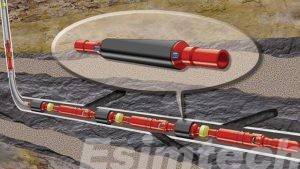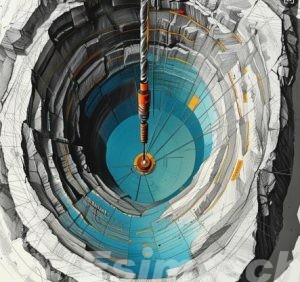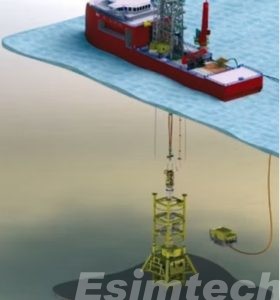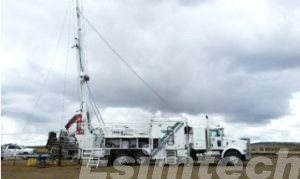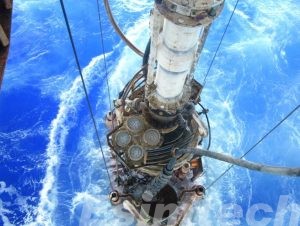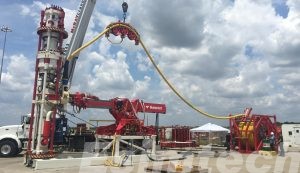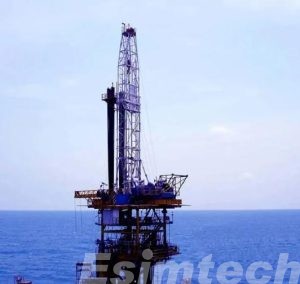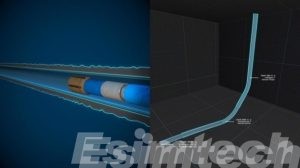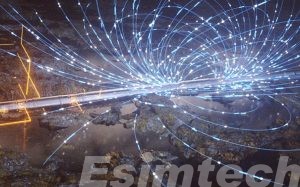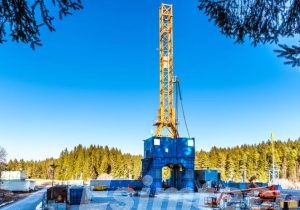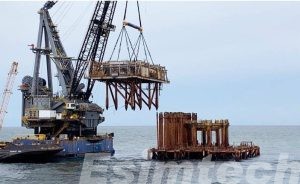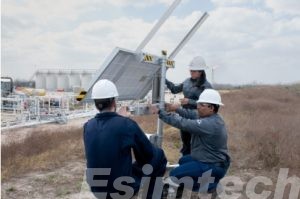How Intelligent Well Completion Reduces Environmental Impact
Oil and gas industry environmental footprint has long been the subject of scrutiny, yet technological innovations are leading the way towards more eco-friendly practices. One such innovation is intelligent well…
The Impact of Directional Core Drilling on Oil and Gas Exploration
Oil and gas exploration has evolved over the years, with the introduction of new technologies that yield more precise resource harvesting. A good example is directional core drilling, which has…
What is Rigless Well Intervention
Rigless well intervention technologies have transformed the oil and gas industry by providing cost-effective and efficient alternatives to traditional drilling rigs for maintaining and enhancing well performance. These methods allow operators…
Electric Wireline vs. Slickline: Choosing the Right Well Intervention Method
In the oil and gas industry, well intervention is essential for maintaining the performance and productivity of wells over time. Two critical tools used in well intervention operations are electric wireline…
How Well Control Equipment is Adapting to Deepwater Drilling Challenges
Deepwater drilling is one of the most complex and demanding aspects of oil and gas exploration and production, posing unique challenges to energy companies seeking to access unexplored reserves in…
Best Practices for Managed Pressure Drilling Training and Operator Certification
Managed Pressure Drilling (MPD) is an innovative drilling technique that has transformed the oil and gas industry by offering safer and more cost-efficient operations in challenging environments. However, MPD’s success relies…
Hydraulic Workover Units vs. Traditional Well Intervention Methods: Choosing the Right Method
In the oil and gas industry, well intervention is a critical process for maintaining and enhancing the production of wells. The goal is to perform various tasks such as repairing equipment,…
How Innovations in Downhole Tools Enhance Well Performance
Downhole tools are crucial in optimizing well performance, enhancing drilling precision and ensuring the long-term integrity of oil and gas wells. Advancements in the design, materials, and digital integration of downhole equipment are transforming well…
From Gamma Ray to NMR: A Beginner’s Guide to Well Logging Techniques
Well logging is a critical operation in the oil and gas industry that provides detailed data of geological formations pierced by boreholes. This technology allows geologists and engineers to examine…
Downhole Drilling vs. Completion in Downhole Operations
Downhole operations are crucial to the oil and gas business, involving a variety of tasks that ensure efficient hydrocarbon extraction from under the Earth’s surface. Two of the most important processes…
How to Address the Regulatory Challenges in Offshore Drilling
Offshore oil drilling is critical in the global energy sector, but it is heavily regulated to ensure environmental protection, worker safety, and operational integrity. Compliance with these regulations is often complex, requiring…
How to Do Effective Methane Leak Detection in the Oil and Gas Industry
Methane is a potent greenhouse gas, with a significantly higher global warming potential than carbon dioxide over a short period. In the oil and gas industry, methane leaks can occur at…

